Web Section: Engaging With This Project
Reading Strategies
Historians and sociologists of the book are often interested in moments in which authors teach readers how to read their works, a practice that was common in eighteenth- and nineteenth-century novels.[1] In keeping with this tradition, I’d like to outline some of the reading strategies this project works to accommodate.
For readers who would like a more detailed overview of this text’s functions, the “How to Interact With This Text” section provides glosses of how the web version of this document works.
“Straight Forward” Reading
If you prefer a traditional dissertation-reading experience, you will be able to access all of the core components of this project sequentially by simply clicking the “Next Chapter” button that appears either on the right-hand side of each page or at the bottom of each page (depending on your screen size).
If you choose, you can simply ignore hyperlinks. If there is a link on a page in one of the three separate projects within this dissertation, it connects to one of three things: (1) the full citation for a text in the project’s works cited page, (2) the location of a particular quotation within a public domain scan of that primary source, or (3) a secondary source related to this point.
If you see text on this page that is highlighted in yellow, it means that there is a web annotation affiliated with that passage. Web annotations contain supplemental content that may be of interest to some readers but that doesn’t materially shift the claims a chapter is making. You can bypass the annotation layer and still engage fully with this text.
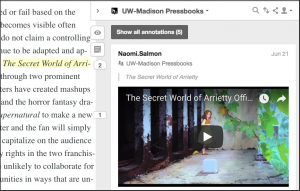
“Wandering Reading”
I am indebted to Peter Stallybrass’s discussion of discontinuous reading and Julia Chavez’s theories of wandering readers. Both scholars pay careful attention to the interplay between reading audiences and forms. Julia Chavez, in particular, highlights the ways in which Victorians’ wandering reading practices interset with “the intertextual and proto-hypertext format” of the periodical in ways that allowed readers to become “temporary creator[s] of a uniquely constructed text” (xxi). Like nineteenth-century audiences, participants in internet spaces have the freedom to pursue their own forms of engagement with texts, something that digital forms can accommodate especially effectively.
For readers who enjoy a more self-directed path through a text, it is my hope that the different navigation options as well as the inter- and intratextual hyperlinks and annotations in this project will facilitate ‘productive wandering’ of the sort Chavez describes in her work.
Social Reading
This dissertation is concerned with the social interactions that texts can foster—especially in educational spaces. Marginal annotations play a recurring role in this discussion.
You are welcome to take part in this kind of social reading practice if you would care to do so.
If you are a dissertation committee member and would prefer to comment using a private Hypothesis layer that readers other than me cannot see, I’m happy to set one up. However, please feel no pressure to interact with this commenting format if you would prefer not to do so at all. I’m happy to communicate in other ways.
If, however, you would find it interesting to engage in a conversation with me and other committee members in the margins, you are welcome to do so using this tool.
Reading a Print or An E-Text Export Version
The Pressbooks platform I am using to host this project is built to accommodate multiple different forms of reading. (This is in keeping with a larger move in open scholarly publishing platforms to support texts that can be viewed in interactive web contexts or in traditional print forms.)[2]
My goal is to be sensitive to the different needs of readers interacting with print versus web versions of this text, and I’ve worked to adapt my writing process accordingly. The web and print export versions of this text are very slightly different. The web version contains some interactive elements such as timelines. In the print version, many of these elements will be converted to more linear formats.
Likewise, whereas the web version might include a caption that states “visit this link to view a transcript of the text in this image,” the print caption would say “See project appendix for a transcription of this image.”
I will turn on the option for general readers to export multiple different forms of this text once the first version of this project is complete. If you would like a draft copy of a PDF, EPUB, or MOBI export of this project to read in the meanwhile, please don’t hesitate to contact me.
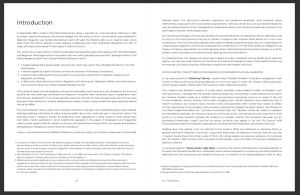
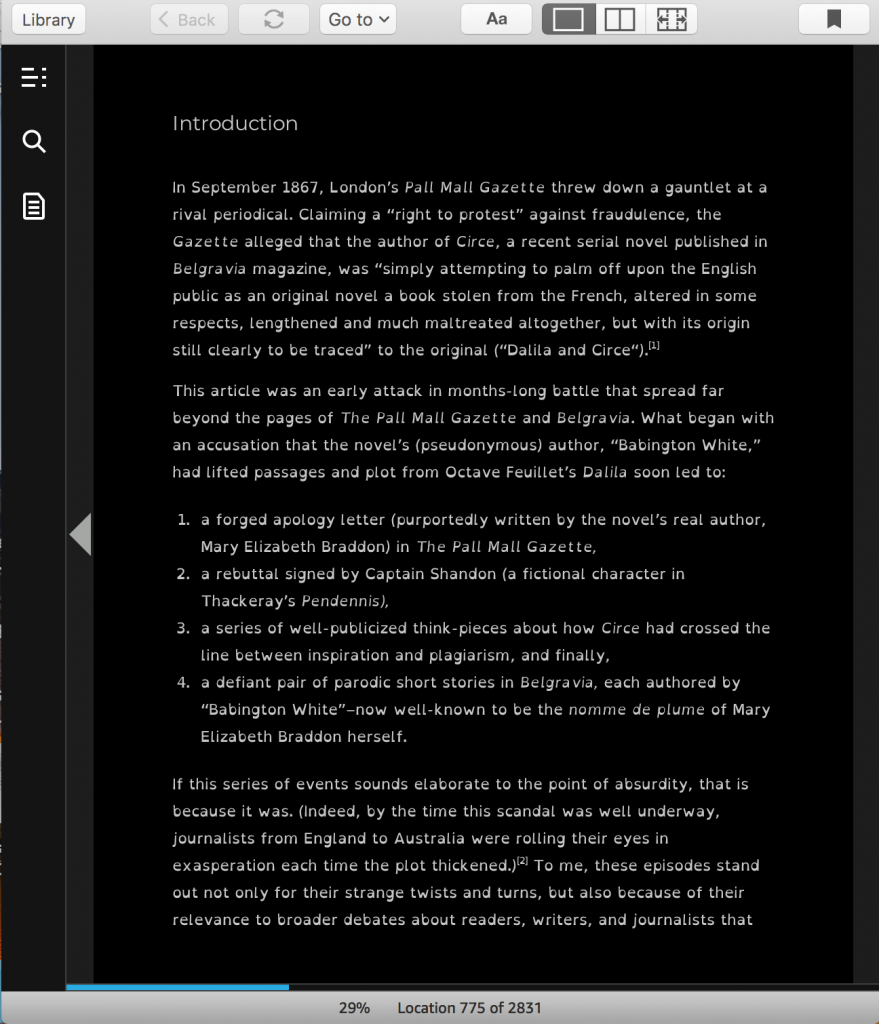
Canvas-Embedded, Interactive Text Edition of The Woman in White (Grangerized)
Scholars who study serial culture often consider the role of periodic publication on the formation of audience. Yet just as the rhythms of weekly, or monthly magazine publication shaped Victorian authors’ and readers’ interactions, so too do the rhythms of the academic year shape many instructors and students experiences of texts.
The Woman in White (Grangerized), one of the three components of my dissertation project, exists in web, ebook, and print formats, but it also exists as a text embedded within a Canvas page. If you would like to see this text through the eyes of a student–and perhaps structure your own reading over the course of a fifteen-week semester structure, feel free to contact me at nsalmon [at] wisc [dot] edu and I will add you to the Canvas course.
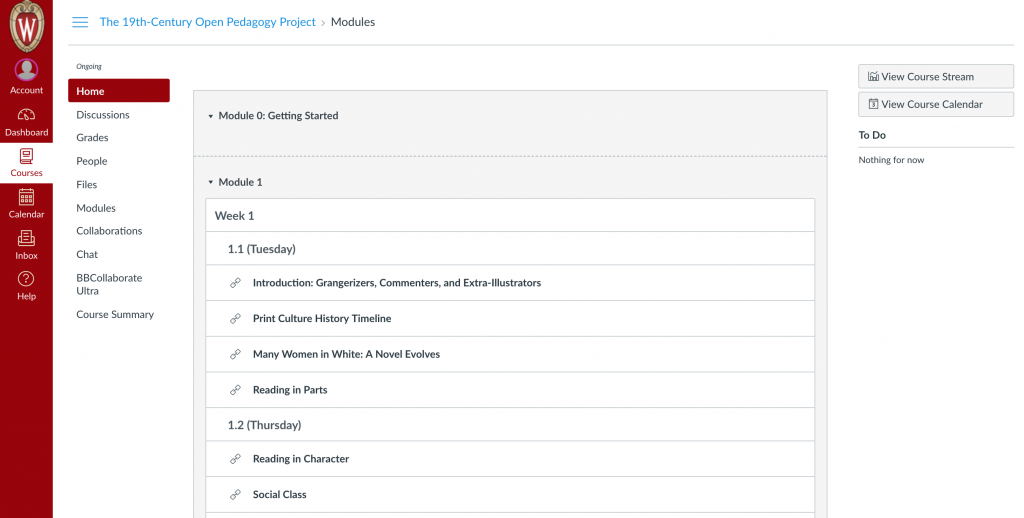
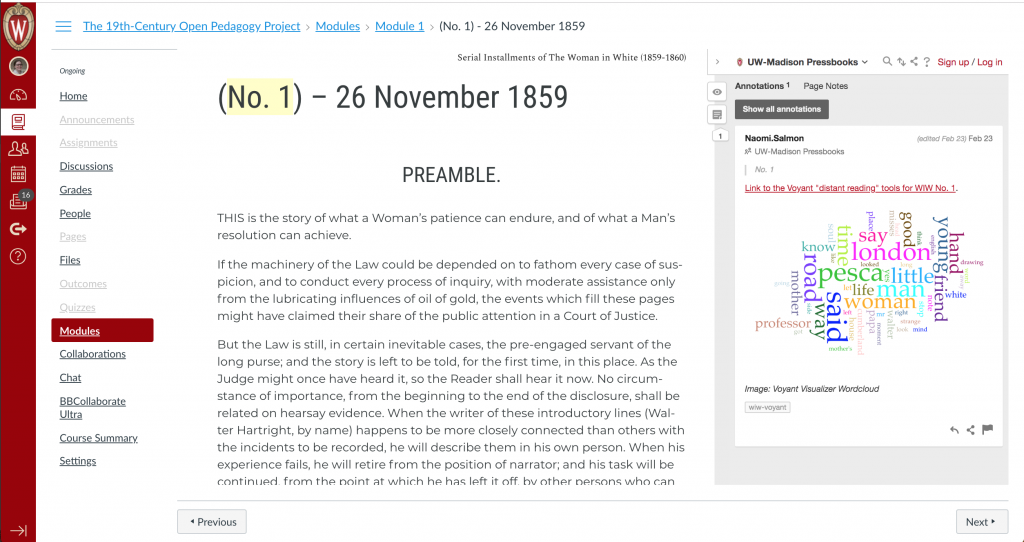
- For one example of scholarship that explores how authors communicate reading strategies within their novels, see William Warner's work on the eighteenth-century novel Pamela ("The Pamela Media Event" 187.) ↵
- To name another example, as of 2018, the University of Minnesota has created the Manifold platform to support open-source, collaborative scholarly publishing with multiple export formats. ↵

